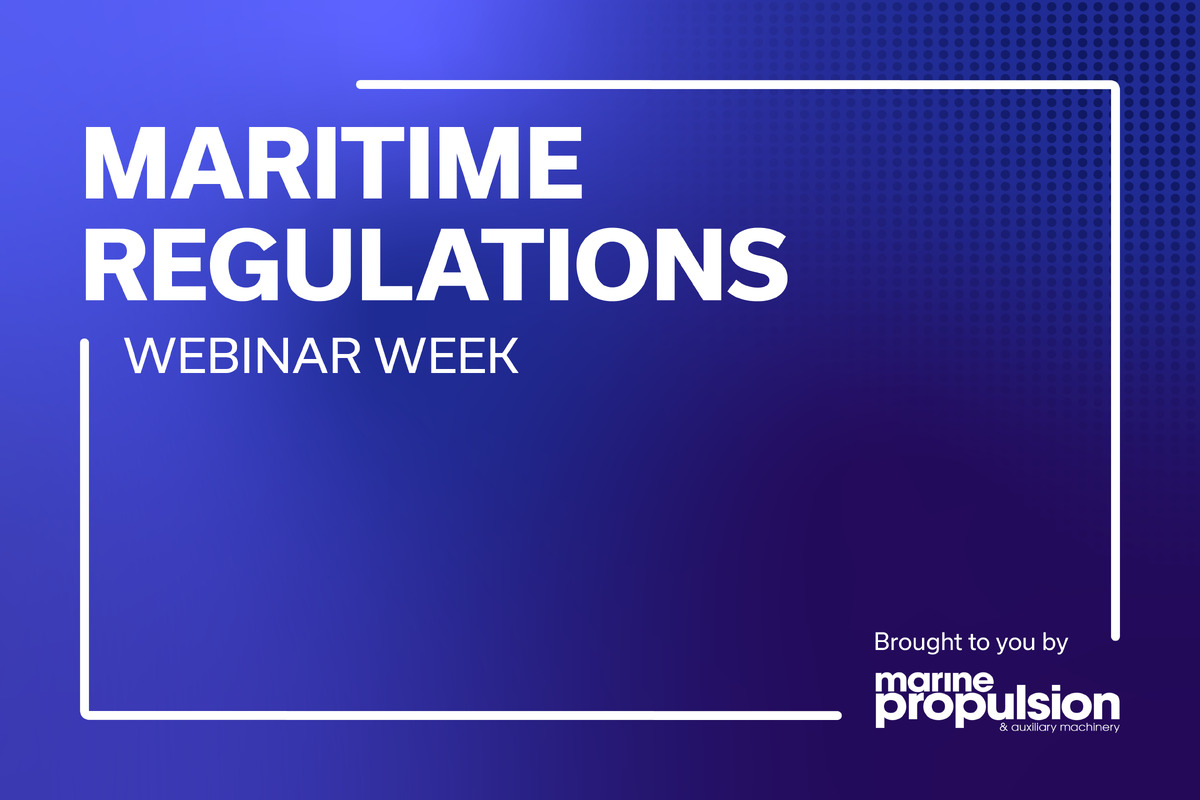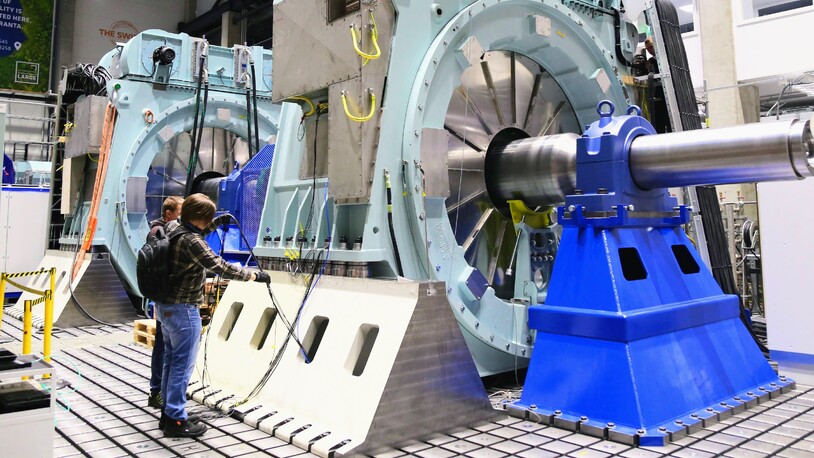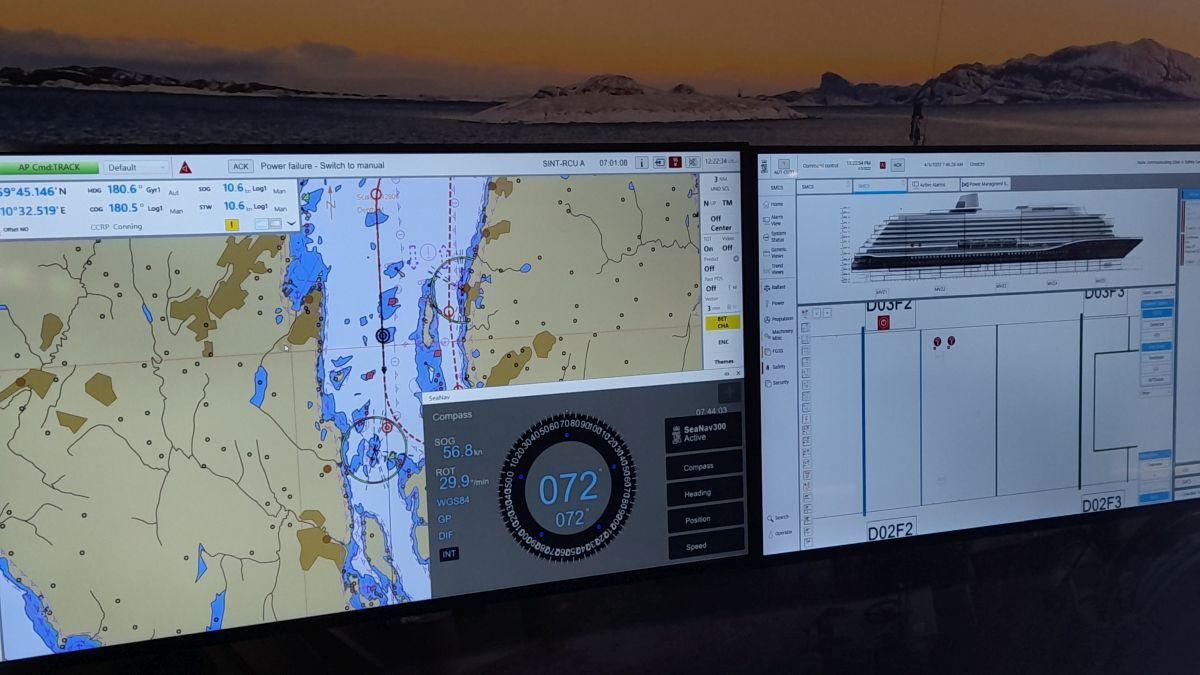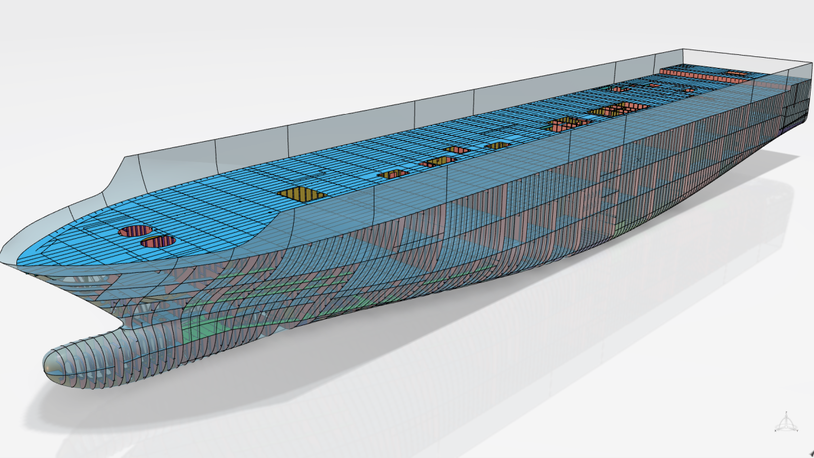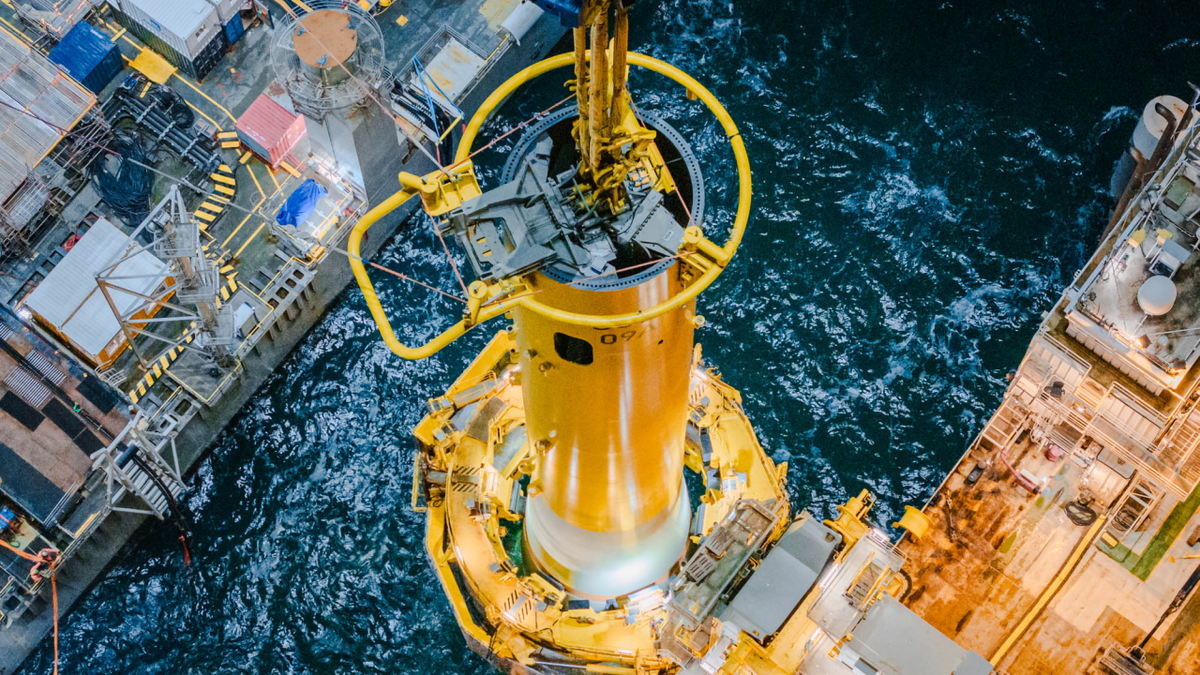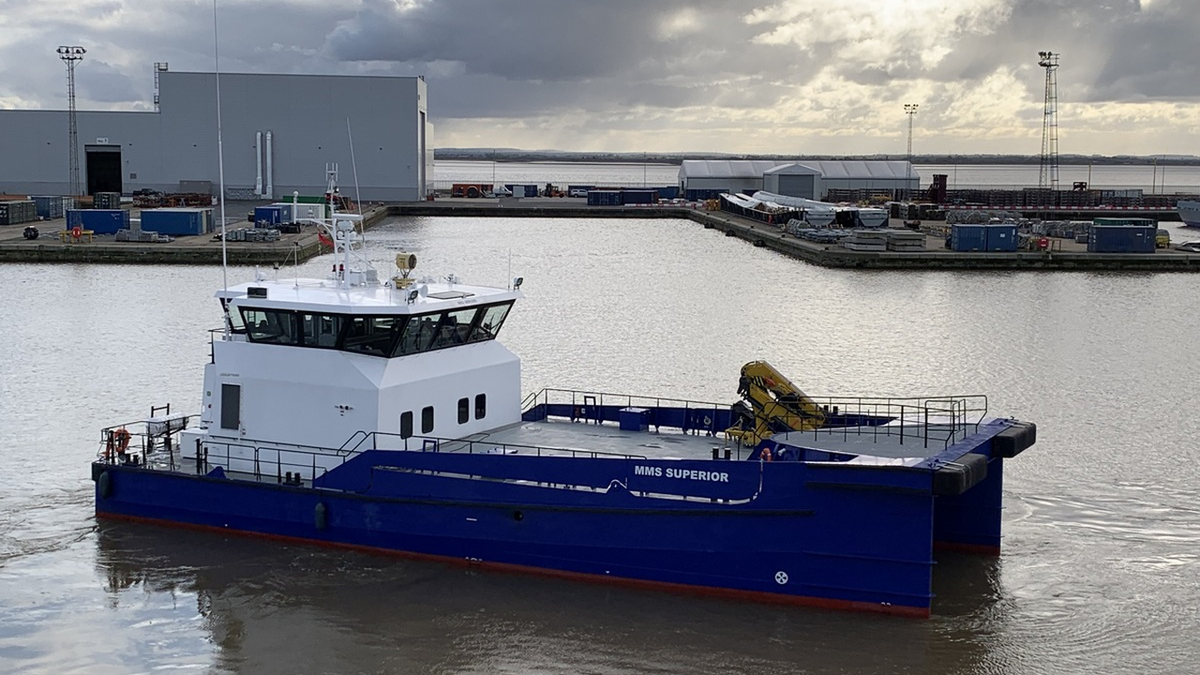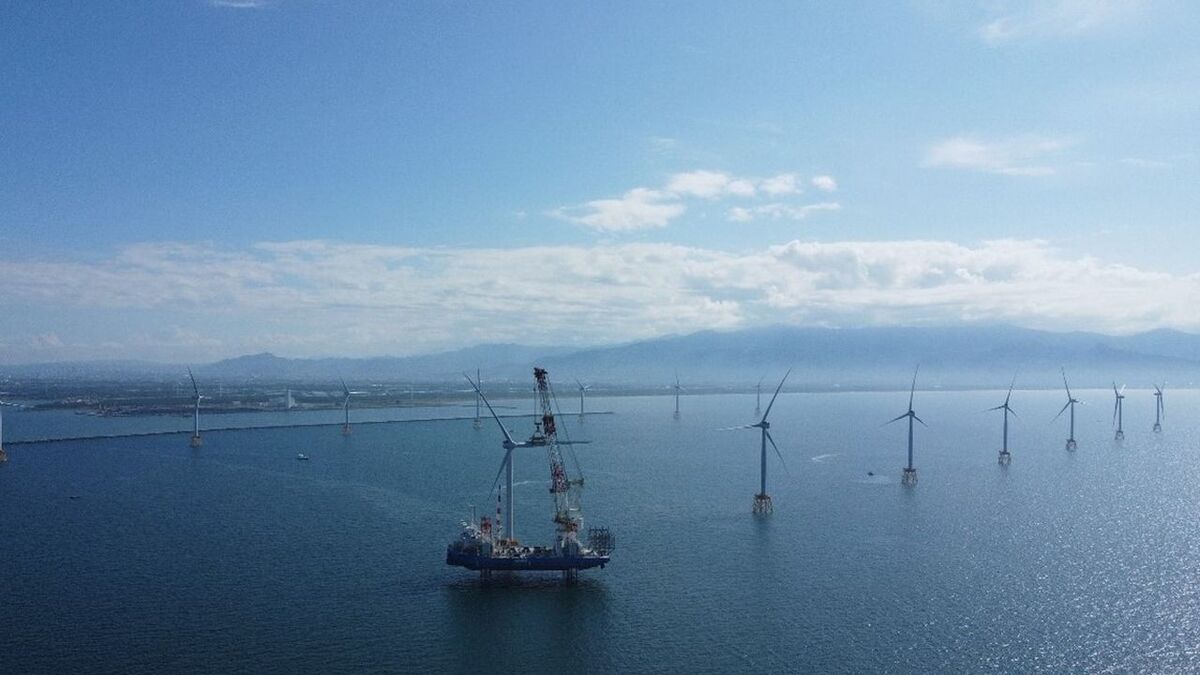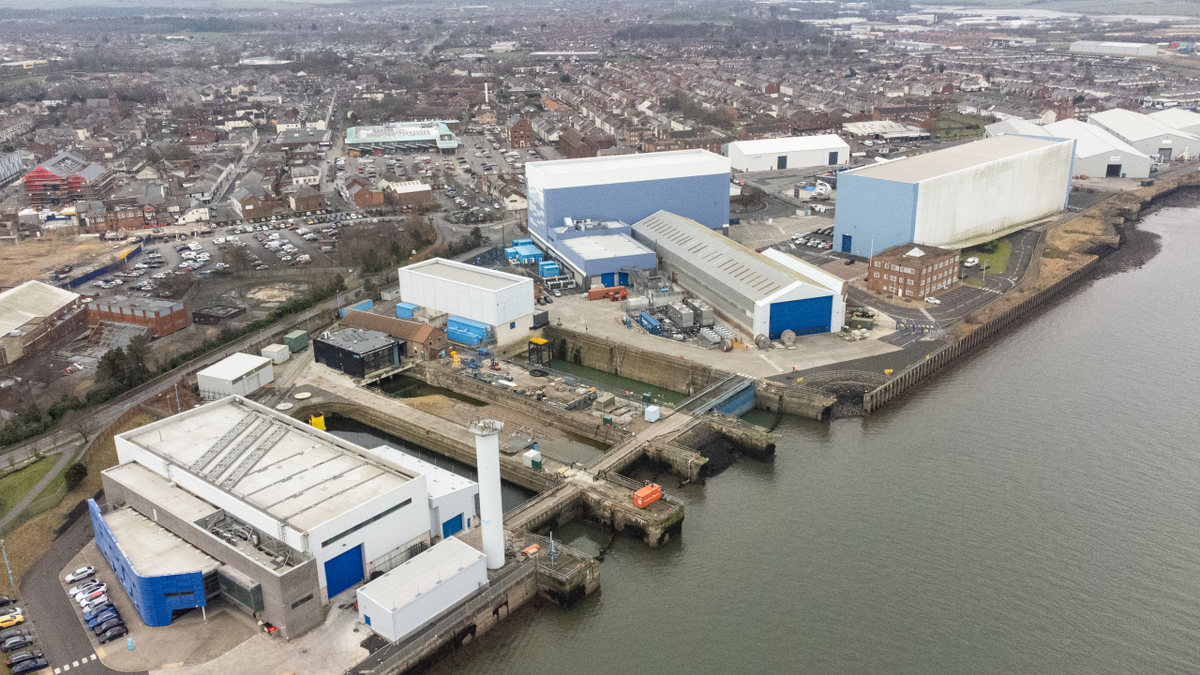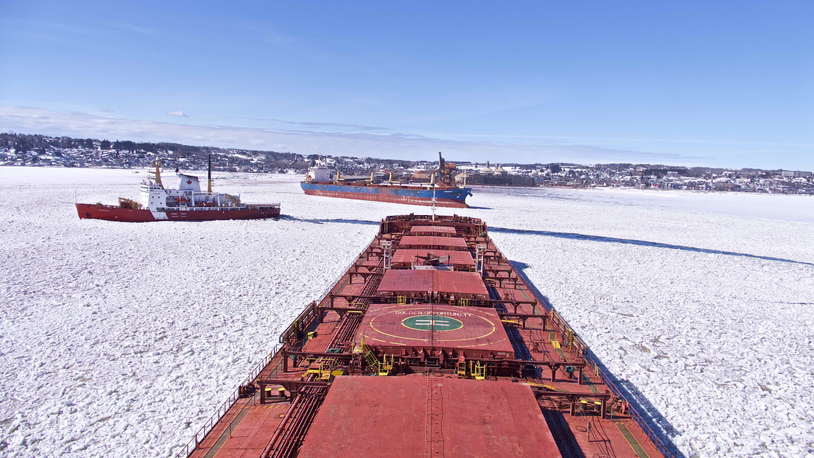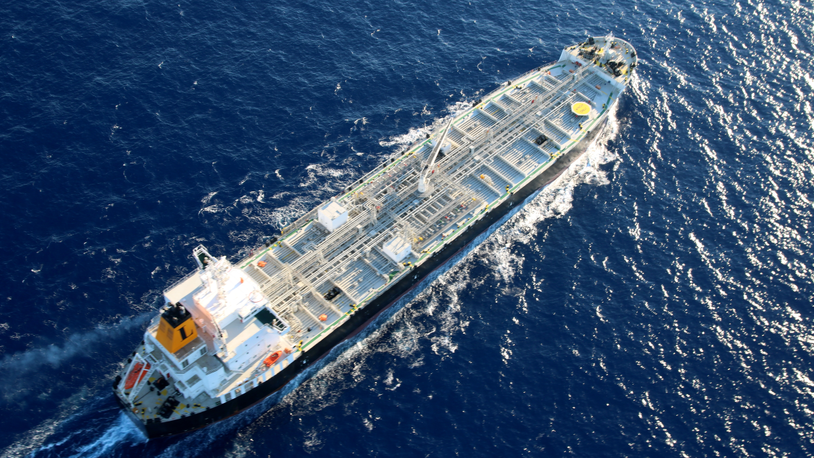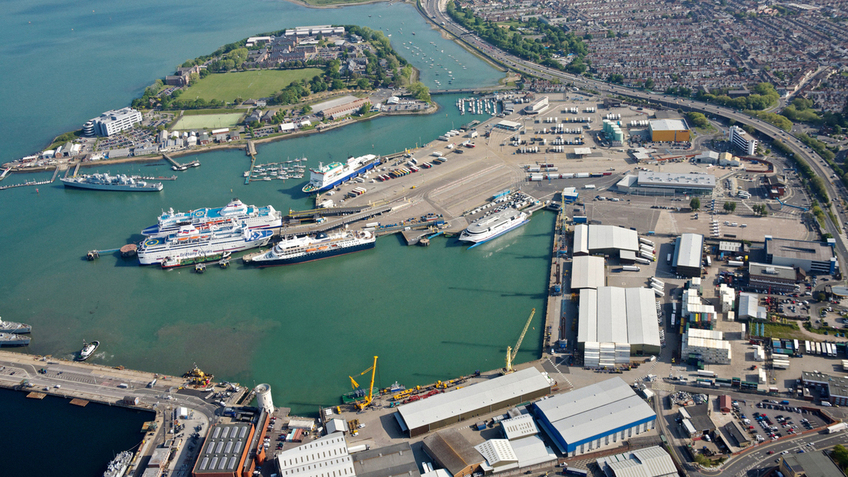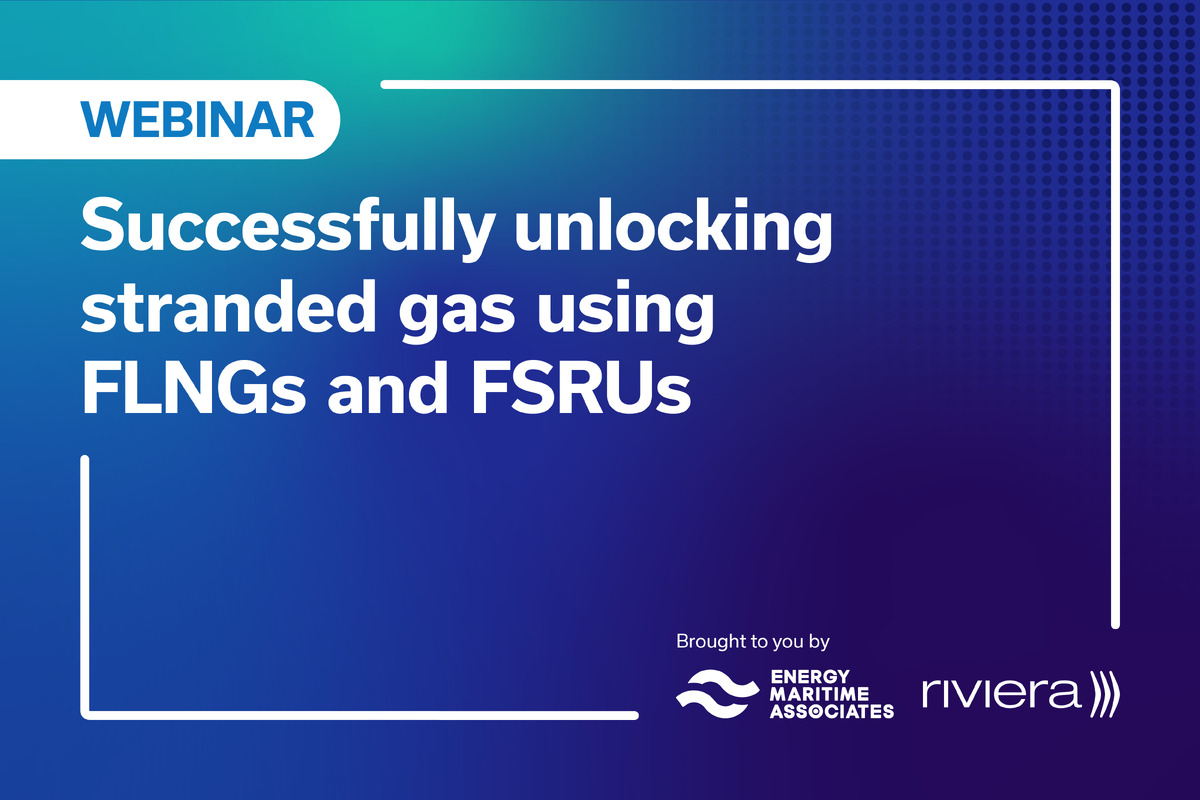Business Sectors
Events
Contents
Register to read more articles.
New technologies provide greater navigation support
Kongsberg Maritime introduces new HMIs on ships and Rolls-Royce and Sea Machines team up for autonomous vessel support
Kongsberg Maritime has developed a new method for ship captains and officers to view important navigation information from the bridge, with redesigned human-machine interfaces (HMIs) to improve graphic displays and reduce the number of devices required.
All critical navigation aids and sensors are in one graphical user interface (GUI), which can overlay them on radar, ECDIS or conning displays.
“All of the sensors are built into user interfaces as a web-type service,” said Kongsberg Maritime sales director for cruise ships, ferries and yachts Roger Trinterud.
He demonstrated how displays, such as compass, GPD, speed log and depth sounder can be pulled up from a server to display on a home page.
“We have replaced single panels with user graphics on one screen,” he said at the Nor-Shipping exhibition in Oslo, Norway.
Video images can also be overlaid on ECDIS, radar and conning displays, showing the view from the bow, stern and sides of the vessel.
K-Master Universal can display information from K-Bridge, K-Chief automation, K-Pos dynamic positioning and engineroom systems.
“K-Master has control of everything with fewer devices and ensures everything is in reach,” said Mr Trinterud. “It makes sure all of the connected systems are operating and displayed in the same layout on screens.”
Another innovation is the digital layout of navigation information on overhead screens on the bridge. “We have type-approved these screens as instruments for instant layout of suitable information for transits,” he continued. These display camera video that navigators can use to manoeuvre in port.
“Masters can change the content of the information according to the operations the ship is doing,” said Mr Trinterud. Up to four images from cameras can be displayed, while other sensors can be used for distance measurements.
“They can be used to detect objects and measure distances in harbours, such as hull-dockside measurements,” he added.
These technical advances will provide more information and decision support to captains and enable autonomous vessel movements in ports.
“The next step is to develop automatic vessel routes, based on objects detected by the cameras,” said Mr Trinterud. Artificial intelligence (AI) will enable smart cameras to learn the objects they encounter over time, based on information input by officers.
“These cameras will learn what objects are and improve support to navigators. They can also be used on autonomous vessels” and remote-control applications.
Kongsberg’s camera cluster is part of the company’s situational awareness system, which provides hazard alerts to bridge personnel.
Bridge technologies are being demonstrated on a cruise vessel to help officers align this ship to quaysides and ensure there is no impact on the hull. Mr Trinterud said this technology could be used to ensure ships sail with the correct heading in canals.
During Nor-Shipping, Kongsberg Maritime, Kongsberg Seatex, vessel owner Bastø Fosen, class society DNV and university NTNU launched the Safe Maritime Autonomous Technology (SafeMate) project. This will assess and improve the safety and efficiency of autonomous navigation systems and deploy a pilot on ferry Bastø VI. Technologies will be tested for object detection and collision avoidance in congested waters, and for assisted navigation.
SafeMate partners will create a system to detect threats and obstacles in the marine environment, interpret this information, and communicate a solution to an onboard operator. Simulators with human operators in the loop will be used for testing, before full-scale trials on Bastø VI, which operates between Moss and Horten.
“Modern vessels are already complex automated systems but building in autonomous decision support capability increases this complexity immensely,” said DNV group research and development director Pierre Sames.
“It is vital to develop a framework comprising processes and tools that can assess the safety performance of these systems both in the design stage and throughout operations. As these systems include machine-learning modules, they require a new approach to safety assessment and verification.”
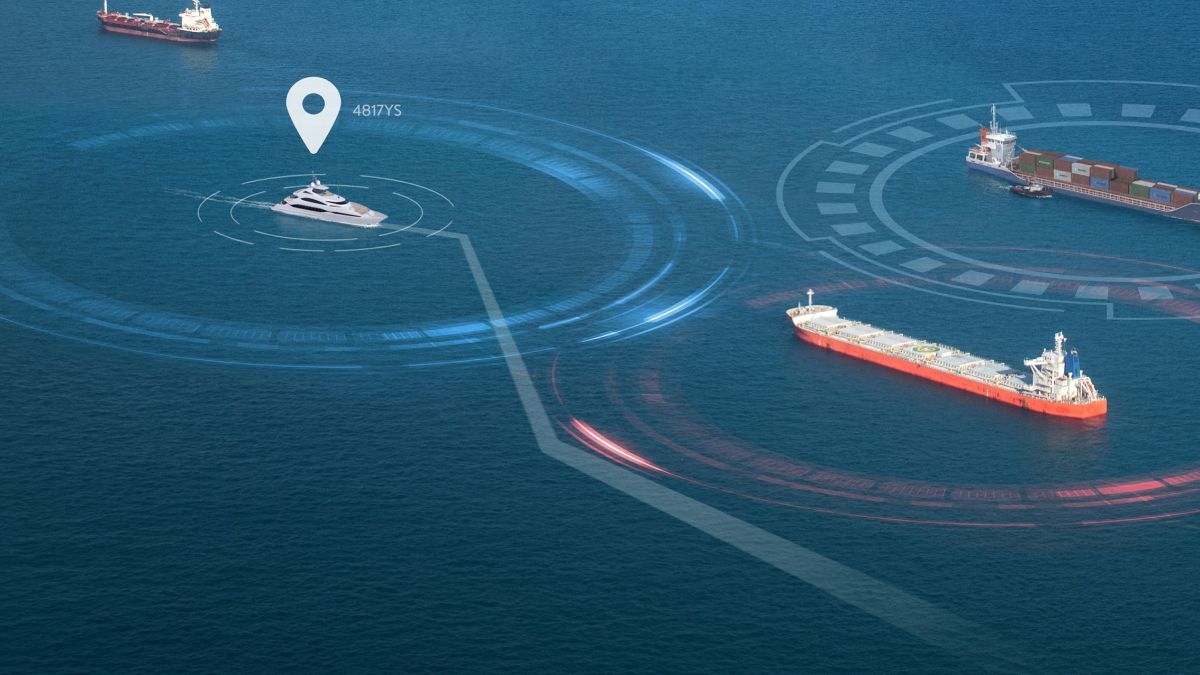
Rolls-Royce and Sea Machines Robotics have joined forces to introduce mtu NautIQ products for intelligent crew support, autonomous control and remote command capabilities. These combine Rolls-Royce’s propulsion controls, from bridge to propellers, with Sea Machines’ experience with remote command and autonomous operations.
mtu NautIQ CoPilot is an intelligent pilot-assist system for autonomously controlling a vessel along a planned voyage or to guide navigators with key situational information.
This unit provides greater precision and predictability, helping crew to reduce fuel consumption and emissions. It fuses digital marine sensors, embedded electronic charts, advanced AI algorithms and a broad-area computerised vision unit.
mtu NautIQ CoOperate is an optionally autonomous ship navigation command system. It enables remote command of vessels and can execute routine and monotonous tasks. This system was used for the autonomous route of tug Nellie Bly on a roundtrip from Hamburg around Denmark in Q3 2021, with the tug remotely commanded from an office in Boston, US along a route of more than 1,000 nautical miles.
mtu NautIQ CoDirect is a wireless, remote-helm system that can control a vessel’s engines, steering and transmission, and payload functions such as winches and cranes, from up to 1 km away.
This helps seafarers to operate a vessel from the best vantage point. For example, a tug operator can leave the wheelhouse to operate the vessel from a location with better visibility.
New AIS transponder unveiled
Saab TransponderTech introduced its R6 Supreme class-A vessel positioning transponder at Nor-Shipping, which combines automatic identification system (AIS) and VHF digital exchange system (VDES) technologies for ship navigation.
It comes with a new touchscreen display unit with a GUI to show AIS information. VDES provides two-way authentication of data eliminating the potential for spoofing and jamming. It has VHF channels dedicated for specific communications with 32 times more bandwidth for data transmissions than AIS. VDES also has greater range than AIS and is seen as an enabler of e-navigation green routeing applications.
Riviera Maritime Media will provide free technical and operational webinars in 2022. Sign up to attend on our events page
Related to this Story
Events
Maritime Regulations Webinar Week
Floating energy: successfully unlocking stranded gas using FLNGs and FSRUs
© 2024 Riviera Maritime Media Ltd.
